Another RSNA is in the books!
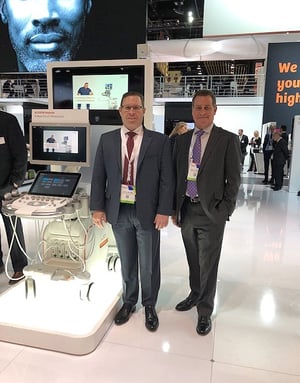 |
| Cassling President Kyle Salem, PhD (left) & CEO Mike Cassling (right) pause for a picture at RSNA 2018. |
I attend the Radiological Society of North America’s annual meeting every year, and I never cease to be amazed by the innovations that the world’s leading imaging technology developers give us a preview of on the Chicago show floor.
As you might expect, artificial intelligence and machine learning were the leading topics at the event. But what really excited me this year was the way modern imaging equipment has already integrated these technologies.
Not long ago, AI was spoken of in seemingly impossible scenarios, but the speed with which Siemens Healthineers and others have achieved and iterated upon AI-based imaging technology is significant. At RSNA, I witnessed firsthand the impact that machine learning software has already had when implemented in connection with MR, CT, X-ray, ultrasound and other imaging modalities.
It’s become clear that we’re not moving toward a world where AI takes the place of the technologist or the radiologist, as many long feared. Instead, AI supplements and optimizes these experts’ work, allowing them to acquire images more quickly, see more patients in a day and get accurate diagnoses in a timeframe that would have once been unprecedented.
In addition to AI’s show floor dominance, I noticed a few other significant trends that I’d like to share with you.
Breast Imaging on the Brink of a Revolution
The standard mammogram isn’t going anywhere as the baseline preventive exam for breast cancer, but what’s gotten far less attention in the media are the additional, supplemental tests giving physicians a greater degree of visibility into the breast than ever before.
Siemens Healthineers invited guests to in-person workshops that looked at some of these developments, showcasing what was possible when acquiring images of the breast across modalities using their innovative syngo software applications.
With sessions dedicated to Breast MRI interpretation, Automated Breast Volume Scanner (ABVS) training, contrast-enhanced mammography reading and wide-angle digital breast tomosynthesis reading, radiologists and technologists were able to see acquired images and learn more about interpretation.
As these technologies become standard, new avenues may be opened up for testing and diagnosis.
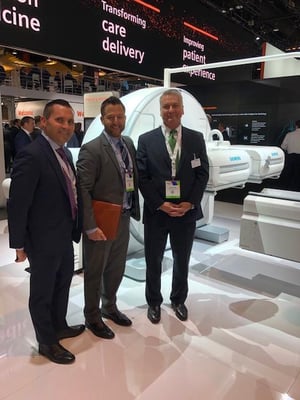 It’s About the Patient
It’s About the Patient
AI’s impact on the patient experience is perhaps the most important aspect of this groundbreaking technology. As my colleague, Cassling President Kyle Salem, pointed out when recapping his thoughts on social media:
“Artificial intelligence, digitalization and automation are dominant at RSNA 2018. But what impresses me the most is the relentless pursuit of our industry to put the patient experience at the center of these solutions. No one is more focused on this than our partner Siemens Healthineers.”
Gone are fears about a cold, clinical computer conducting an examination of a patient with barely a single human interaction in sight. In their place is the realization that we can actually use machine learning to dramatically improve the patient experience. As AI carries out the mundane “busywork” tasks that we in the healthcare field have gotten used to putting up with, technologists are finally freed up to spend more time at the patient’s side. You can spend more time answering their questions and using the precise calculations of AI-enhanced workflows to get accurate results while making the patient more comfortable than ever before.
All of this was made abundantly clear at the Machine Learning showcase, where Siemens Healthineers debuted and demoed what they’ve been working on to revolutionize patient care.
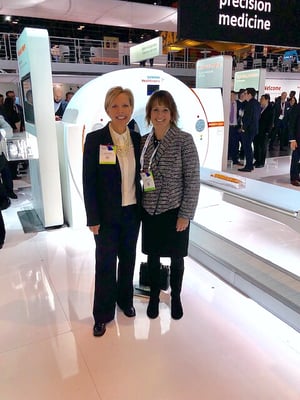 Tech IT To the Next Level
Tech IT To the Next Level
It should come as no surprise that many new systems and applications are showcased at RSNA, and our partner Siemens Healthineers had a lot to unveil.
Here are some of my personal favorite announcements, noted for their potential to disrupt traditional examinations and dramatically change things for the better for both technologists and patients:
- The MAGNETOM Altea 1.5T MR: By expanding Biomatrix technology in the 1.5T MRI market, Siemens Healthineers allows users to skip anatomical landmarking by letting the Select&GO Interface take care of that task on behalf of the technologist. This, in combination with other exciting on-board technologies, ensures patient safety and improves workflow by enabling highly reproducible scanning.
- AI Meets CT and Mammo: While not yet available in the United States, the AI-Rad Companion Chest CT expands the capabilities of AI in the Computed Tomography field. By differentiating between anatomical structures and making note of abnormalities accordingly, this tool could be a game-changer for the speed with which a radiologist can interpret an image. And for mammography, syngo.Breast Care can evaluate lesions and automatically sort cases based on risk factors. Again, these aren’t available in the US right now, but their implications are exciting nonetheless.
- X-ray Marks the Spot: With 510(k) clearance pending, the Mobilett Elara Max and the Multix Impact have the potential to open a brand-new door for X-ray in the United States. With the mobile Elara Max, security is paramount, with the system intended to securely integrate into a facility’s existing IT ecosystem, all in an easily maneuverable X-ray that can be transported throughout a facility for ease of patient care. And with the Multix Impact, numerous steps were taken in the design stage to ensure this floor-mounted digital radiography system lets the patient be as comfortable as possible: easy patient accessibility, a touch interface and straight-forward remote monitoring and positioning.
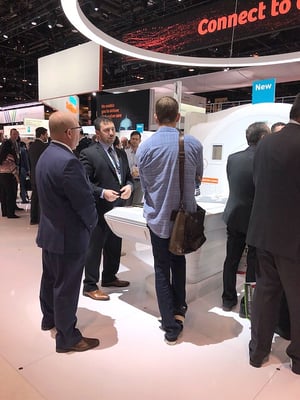 These are just some of the developments, and there are plenty more you’ll see popping up on the Siemens website and right here on Cassling.com if you keep up with our Knowledge Center.
These are just some of the developments, and there are plenty more you’ll see popping up on the Siemens website and right here on Cassling.com if you keep up with our Knowledge Center.
Until Next Year
RSNA may be in the rearview mirror, but the AI-integrated technologies promised by the show floor are right around the corner. And in many cases, they’re already here. I can’t wait to see what the future brings, and you can bet Cassling and Siemens will remain at the forefront to help you get there.





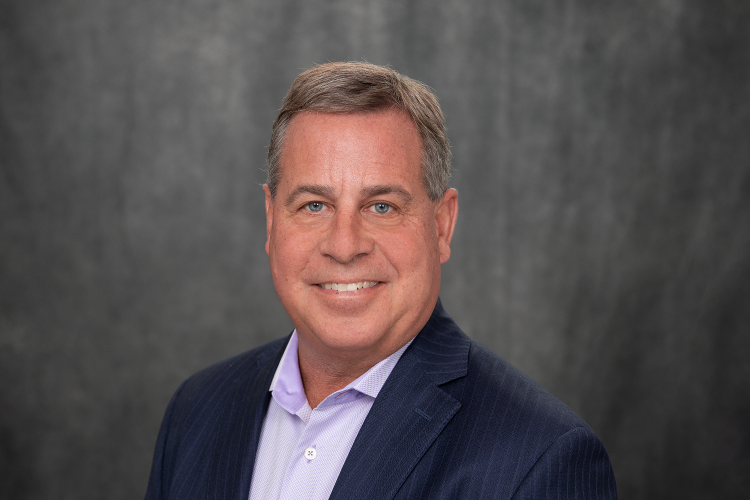

Comments